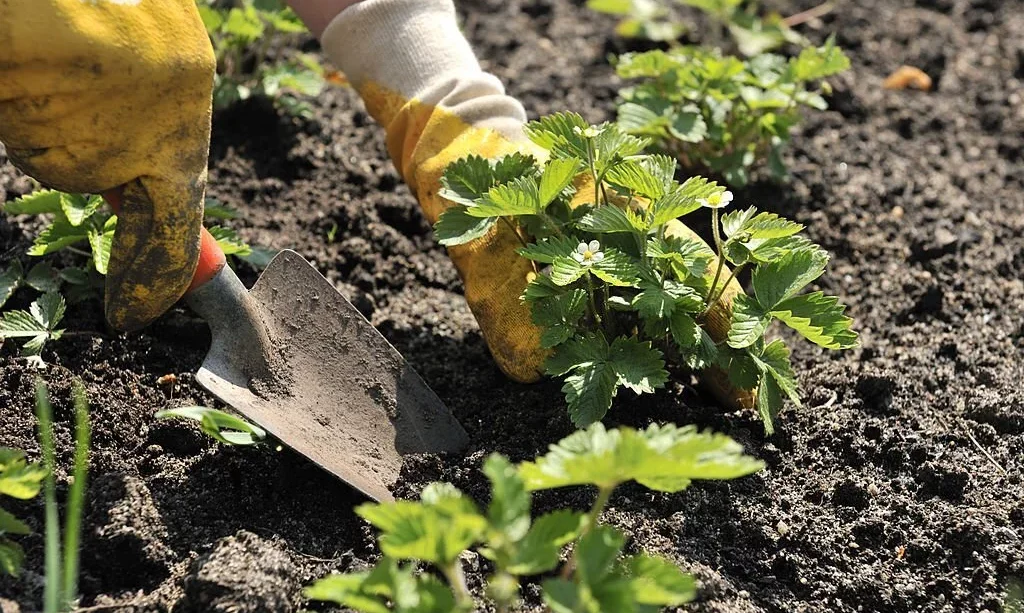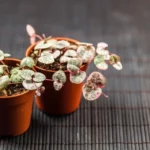Are you ready to dive into the sweet and juicy world of strawberries? Whether you’re a seasoned gardener or a beginner, understanding how many strawberry plants to grow per square foot is key to maximizing your harvest. In this simple guide, we’ll explore the factors to consider when deciding on the number of strawberry plants for your garden space. Get ready to unleash the strawberry goodness!
Factors to Consider
Before diving into planting strawberries, there are a few factors to keep in mind when determining the number of plants per square foot:
- Strawberry Variety: Different strawberry varieties have varying growth habits and space requirements. Some varieties spread and produce numerous runners, while others stay more compact. It’s important to consider the growth habit of your chosen variety when planning plant density.
- Spacing Recommendations: Strawberry plants typically require a specific amount of space to grow and produce healthy fruits. Most recommendations suggest spacing plants between 12 to 24 inches apart. This spacing allows for adequate airflow, sunlight penetration, and room for the plants to expand.
- Garden Space: Assess the available space in your garden and consider how many square feet you have dedicated to growing strawberries. Take into account the layout of your garden beds, containers, or raised beds, and plan accordingly to make the most of the space you have.
By considering these factors, you can ensure that your strawberry plants have enough room to grow, receive proper sunlight and airflow, and produce an abundance of juicy strawberries.
Now that we understand the factors to consider, let’s delve deeper into determining the spacing requirements for strawberry plants.
Determining Spacing Requirements
When determining the spacing requirements for your strawberry plants, there are a couple of methods you can consider:
- Matted Row System: In the matted row system, strawberry plants are spaced approximately 12 to 18 inches apart in rows that are 36 to 48 inches wide. As the plants send out runners, they fill in the space between the rows, creating a thick mat of strawberry plants.
- Hill System: In the hill system, strawberry plants are spaced further apart, typically 18 to 24 inches apart, with rows that are 24 to 36 inches wide. This method allows each plant to have more space to grow and develop runners.
The spacing requirements may vary depending on the variety of strawberries you are planting and the specific recommendations for that variety. It’s always a good idea to refer to the instructions or guidelines provided by the seed or plant supplier for accurate spacing information.
- 🍎𝐃𝐞𝐟𝐞𝐧𝐝 𝐀𝐠𝐚𝐢𝐧𝐬𝐭 𝐔𝐧𝐰𝐚𝐧𝐭𝐞𝐝 𝐕𝐢𝐬𝐢𝐭𝐨𝐫𝐬: Gardening is a rewarding and fulfilling endeavor, and you’ll watch your plants grow from nothing to maturity before you finally harvest them. Once the plants begin to flower and bear fruit, these unwelcome visitors visit your garden and often leave a trail of destruction. Garden netting is the best choice for protecting your plants.
- 🍇𝐄𝐟𝐟𝐞𝐜𝐭𝐢𝐯𝐞 𝐏𝐡𝐲𝐬𝐢𝐜𝐚𝐥 𝐁𝐚𝐫𝐫𝐢𝐞𝐫: The large size of 4 x 25ft provides more security. Ultra fine garden netting with 0.8 mm x 1 mm ultra fine mesh, garden netting covers are widely used in pastures, orchards, and gardens, protect your vegetable investment with this simple shelter, The plant netting can not only perfectly protect vegetation, but also improve agricultural yields.
- 🍑𝐑𝐞𝐮𝐬𝐚𝐛𝐥𝐞: Made of high quality transparent mesh PE material, twice as thick as ordinary garden netting, with good elasticity and toughness to withstand sunlight, very durable, if properly maintained, it can last 3-5 years.
- 🍓𝐏𝐞𝐫𝐟𝐞𝐜𝐭 𝐟𝐨𝐫 𝐏𝐫𝐨𝐭𝐞𝐜𝐭𝐢𝐧𝐠 𝐘𝐨𝐮𝐫 𝐏𝐥𝐚𝐧𝐭𝐬: The mesh design allows sunlight, rain, and air to pass through, and you can even water your crops directly through the mesh, garden mesh netting can be used in all growing seasons, and can be cut into different sizes to meet your different requirements.
- 💯𝐎𝐮𝐫 𝐒𝐞𝐫𝐯𝐢𝐜𝐞: Jevrench garden netting makes your life easier, and when it comes to our products, you can rest assured that your satisfaction will be a top priority! If we have any problems with our garden netting, please contact us and we will be more than happy to solve them for you.
Planting Methods
Once you have determined the spacing requirements, it’s time to decide on the planting method that suits your needs. Here are the two common planting methods for strawberries:
- Matted Row System: To plant strawberries using the matted row system, place the strawberry plants 12 to 18 inches apart in rows that are 36 to 48 inches wide. As the plants grow, they will produce runners that root and spread, filling in the gaps between the plants and forming a dense mat.
- Hill System: In the hill system, space the strawberry plants 18 to 24 inches apart in rows that are 24 to 36 inches wide. This method allows each plant to have more space to grow and prevents overcrowding.
Remember to follow the specific spacing guidelines for your chosen variety and planting method to give your strawberry plants the best chance to thrive.
In the next section, we’ll explore the option of adjusting plant density based on your personal preferences and available garden space. Get ready to create a strawberry patch that fits your unique needs!
Adjusting Plant Density
While there are recommended spacing guidelines for strawberry plants, you have the flexibility to adjust the plant density based on your preferences and available garden space. Here are a few considerations:
- Maximizing Plant Density: If you want to maximize the number of strawberry plants per square foot, you can opt for the matted row system and place the plants closer together within the recommended spacing range. This allows for a higher plant density and a fuller strawberry patch.
- Giving Each Plant Room to Grow: If you prefer to give each plant more room to grow and spread out, you can choose the hill system and space the plants at the wider end of the recommended range. This ensures that each plant has sufficient space to develop runners and produce healthy, robust strawberries.
Finding the right balance between plant density and individual plant growth is key to a successful strawberry patch. It’s important to consider factors such as airflow, sunlight exposure, and ease of maintenance when making adjustments to plant density.
Conclusion
Congratulations! You’ve learned how to determine the number of strawberry plants per square foot based on spacing recommendations, planting methods, and your own preferences. By considering factors like the variety’s growth habit, available garden space, and desired plant density, you can create a thriving strawberry patch.
Remember to follow the specific recommendations for your chosen strawberry variety, as different varieties may have slightly different spacing requirements. Whether you opt for the matted row system or the hill system, providing adequate space and optimizing plant density will ensure healthy growth and abundant harvests of delicious strawberries.
So, grab your gardening tools, choose your strawberry plants, and get ready to enjoy the sweetness of homegrown strawberries.






